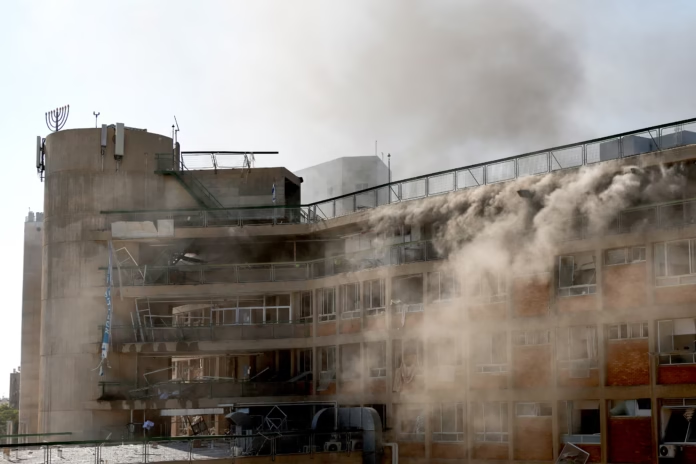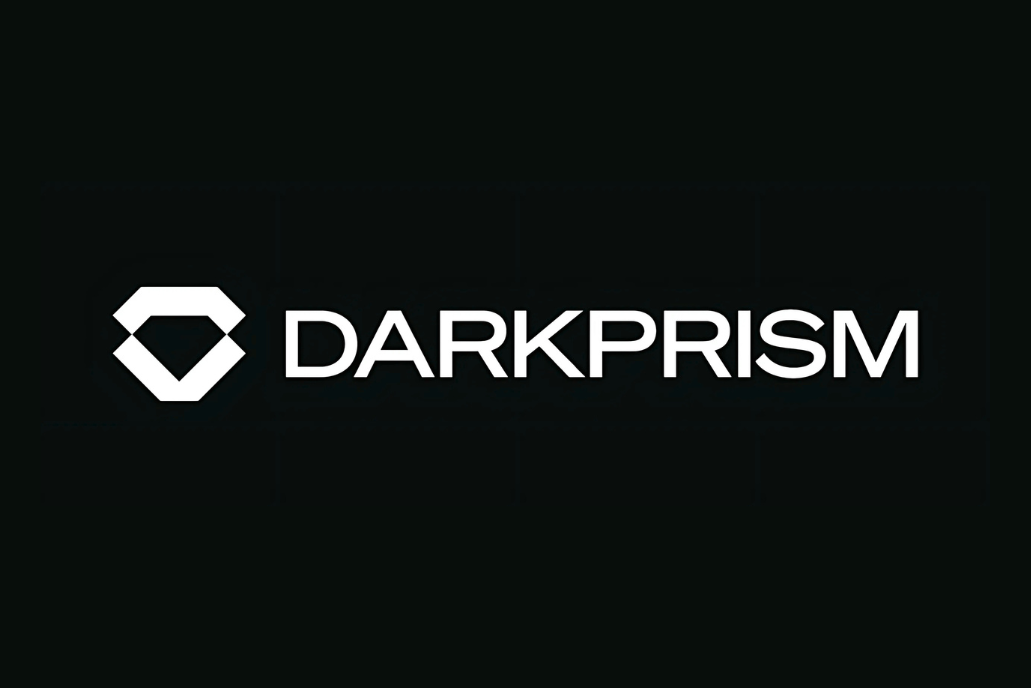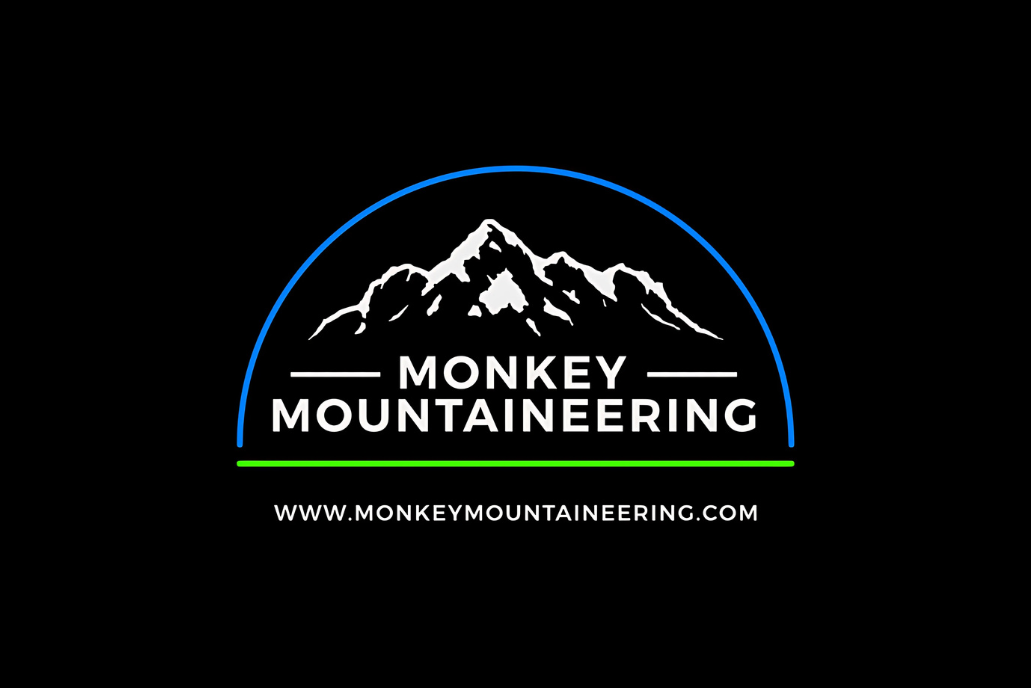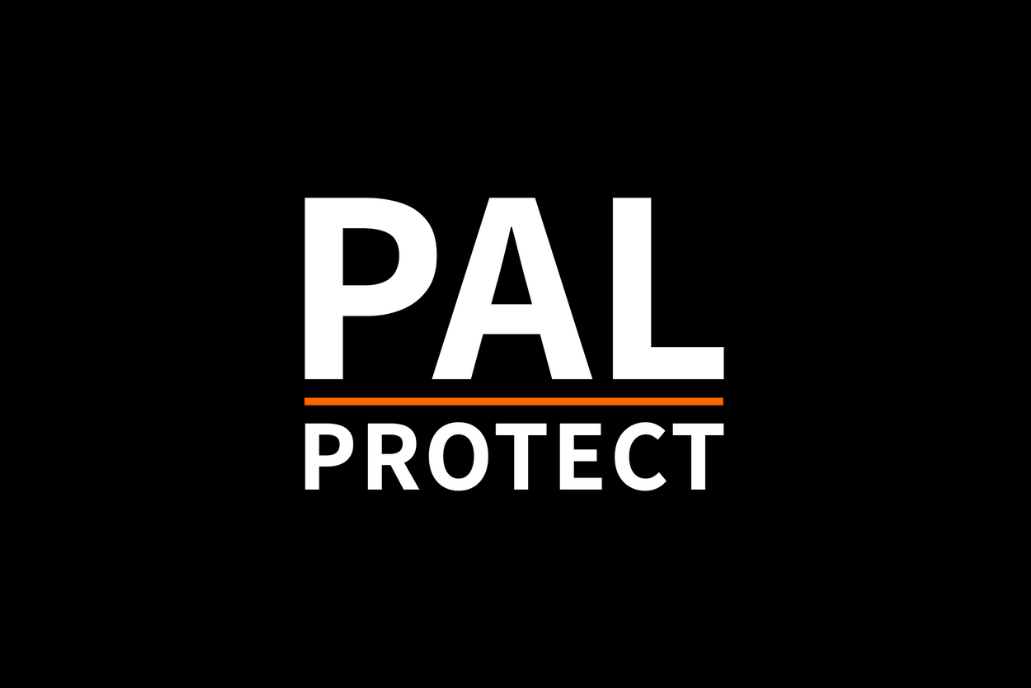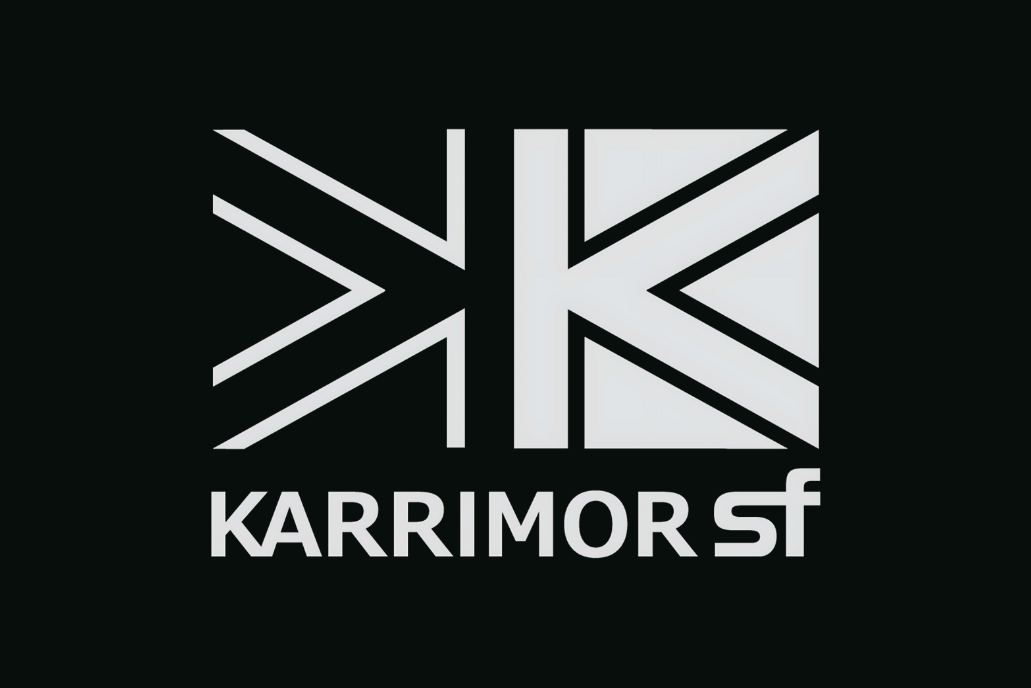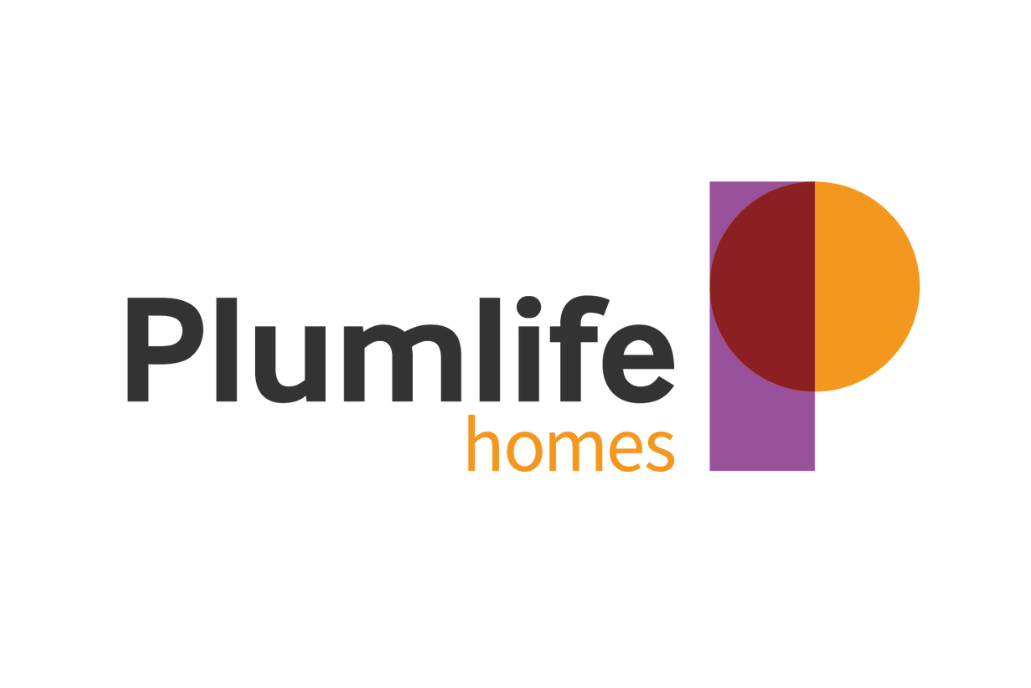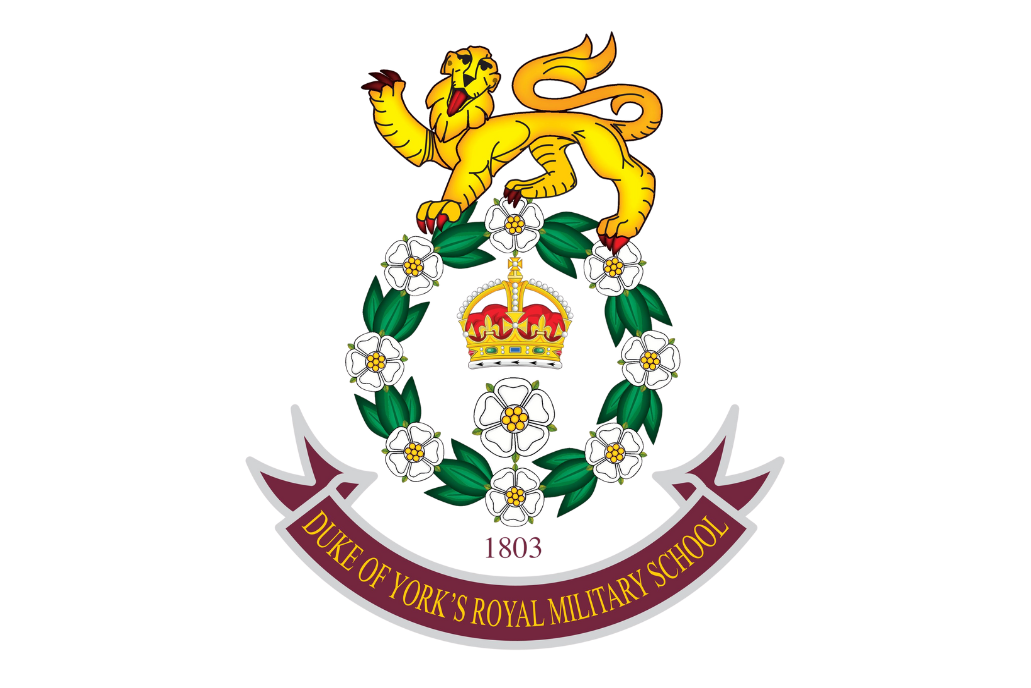An Iranian missile struck the Soroka Medical Centre in southern Israel on Thursday morning, causing extensive damage and injuring multiple people, according to Israeli officials.
The hospital, located in Be’er Sheva and serving around one million residents, reported that several areas of the facility were damaged. Emergency departments were treating minor injuries, and the hospital was closed to new admissions except for life-threatening cases.
The attack was part of a wider missile and drone barrage launched by Iran, with additional strikes hitting a high-rise apartment building in Tel Aviv and other targets in central Israel. At least 40 people were injured in the strikes, according to Israel’s Magen David Adom emergency service.
In response, Israel launched fresh air strikes on Iranian territory, including a direct hit on the Arak heavy water nuclear reactor, a key component of Iran’s nuclear infrastructure. This marks the seventh consecutive day of hostilities since Israel’s initial wave of surprise attacks on Iranian military sites, senior officers, and nuclear scientists.
Iranian state television confirmed the attack on the Arak facility, stating that there was “no radiation danger whatsoever.” A reporter broadcasting live from the nearby town of Khondab said the site had been evacuated and no damage was reported in surrounding civilian areas.
The Arak reactor, located approximately 250 kilometres south-west of Tehran, uses heavy water to cool its systems. Although not enriched uranium-based, it can produce plutonium as a byproduct, a potential material for nuclear weapons. The facility had been under international scrutiny, and under the 2015 nuclear agreement, Iran had committed to redesigning the reactor to reduce proliferation risks.
Following the United States’ withdrawal from the deal in 2018 under then-President Donald Trump, the UK had stepped in to support Iran’s reactor redesign. In 2019, Iran activated the site’s secondary circuit, which at the time remained within the bounds of the nuclear agreement.
The International Atomic Energy Agency (IAEA) last inspected the Arak site on 14 May, but has since reported it lost “continuity of knowledge” regarding Iran’s heavy water production. The IAEA has urged Israel not to carry out strikes on nuclear sites, but those calls appear to have been ignored in the latest round of Israeli air operations.
Across Israel, hospitals have been operating under emergency protocols for several days. Many converted underground car parks into medical wards and relocated vulnerable patients, including those on ventilators, to protected areas. The preparedness measures likely reduced casualties during the strike on Soroka.
In Iran, the death toll continues to rise. A Washington-based Iranian human rights organisation reported at least 639 fatalities in Iran so far, including 263 civilians, with more than 1,300 wounded.
Meanwhile, Iran has launched approximately 400 missiles and hundreds of drones at Israel. Although most were intercepted by Israel’s multi-layered air defence systems, some have reached civilian areas. Israeli authorities report that at least 24 people have been killed and hundreds more injured.
On Wednesday, Iran’s Supreme Leader rejected calls from the United States to de-escalate, warning that any military involvement by American forces would result in “irreparable damage”.
Israeli strikes have already targeted Iran’s key nuclear facilities at Natanz and Isfahan, as well as infrastructure around Tehran. Several senior Iranian military figures and nuclear personnel have reportedly been killed.
The situation continues to escalate, with fears growing that further attacks on nuclear sites could provoke a broader regional confrontation.


